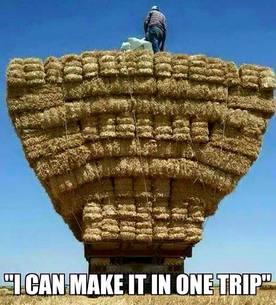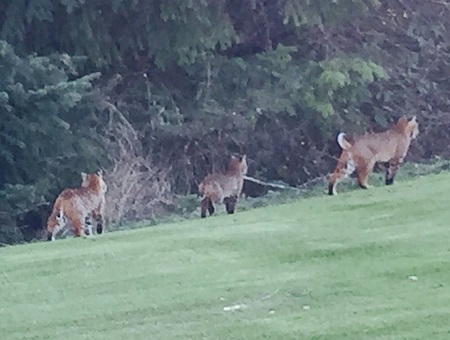
Perhaps it seemed like a good idea at the time when early settlers in the NW brought it over from Europe. Since then it has spread far and wide due to several competitive advantages over native plants: It’s nitrogen fixing and grows rapidly; when ripe, the seed pods burst, forcibly ejecting seed; and the seed can lay dormant in the soil for up to 40 years before sprouting.
Controlling scotch broom is not too difficult but it does require persistence since you’ll find new seedlings every year, especially if old plants have gone to seed in past years. Now is a good time to tackle it since the bright yellow flowers make it easy to spot. Mowing or cutting back to the ground will keep broom from producing seed this year, but it will regrow from the roots next season.
In early spring when the soil is wet, you can fairly easily pull small seedlings (to about pencil diameter) out by hand, roots and all. Pulling larger plants may require a weed wrench. SRN has three sizes of weed wrenches that Skyline area neighbors can borrow for free (call Sen 503-621-3331 or Laura 503-407-7175).
A neighbor offers this suggestion: "Cutting Scot’s broom when the plants are experiencing greatest water stress (August in the Pacific Northwest) results in re-growth of less than 10%. The plants should be cut as close to the ground as possible, or below grade to remove all potential budding stock to eliminate resprouting. A study with these conclusions was done by St Mary’s College in California and reported in Hortus West (Volume 7, Issue 2 - 1996). I have also experienced similar results here in Portland. Cutting can also be done during spring bloom, when resources in the roots are at their lowest levels."
Selective chemical control is also highly effective for seedlings that are too large to pull by hand. Cut the stem below all side branches and as close to the ground as possible. Then immediately apply just enough herbicide to coat the freshly-cut stem. The PNW Weed Management Handbook has recommendations on which chemicals to use. (Always read and follow the label when using any pesticide).





 RSS Feed
RSS Feed